“Over its long history, CU Phosco Lighting has focused on producing extremely reliable products, incorporating quality, longevity and cutting edge technology. MEDUSA has been part of our success since the mid 1980s, playing a crucial role in thousands of civic and industrial projects. The software has grown with our demands and those of our customers. Its powerful tools for colour raster editing, high quality DWG import and quick and easy drafting and 3D help us cut lead times and reduce pre-sales overheads. Our strong commitment to the product is a testament to the efforts of CAD Schroer’s developers and support team, whose technical dedication and responsiveness we truly appreciate.”
– William Marques, Managing Director, CU Phosco Lighting
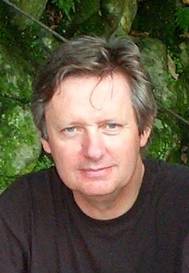
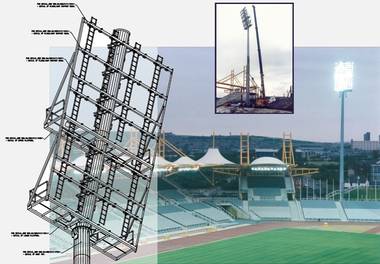
All three sections of CU Phosco’s technical department use MEDUSA4 ADVANCED™, with additional licenses of MEDUSA4 3D PLUS™ and the MEDRaster Colour™ module, supported by CAD Schroer’s UK partner Root Solutions. One section designs supporting structures, which can be up to 60 metres high and carry over 100 floodlights each. Another department designs the luminaires themselves, detailing the castings. The third handles the creative lighting design based on customers’ site plans.
This is the main task of Lighting Office Manager Chris Sangster and his colleague Angelo Cataldo. They suggest to clients how many lights to use and where to position and point them. Advances in CAD technology have revolutionised the methods and speed with which customer data can be integrated. Chris, resident MEDUSA “guru”, saw MEDUSA’s first incarnation at CU Phosco in 1984 on a Pr1me 2450. Now MEDUSA4 runs on Windows® XP Pro.
“We designed the apron flood lighting at Heathrow Terminal 4 in 1984, and the ones for the new Terminal 5 in 2002 – both on MEDUSA, and both worked without a hitch when the terminals opened,” says Chris and adds. “I hope to retire before Terminal 6 comes along!” The lighting design time difference between the two projects? “What would have taken at least 2 days with a digitiser now takes ten minutes with DWG import.”
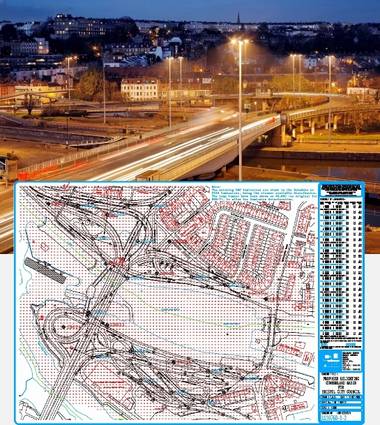
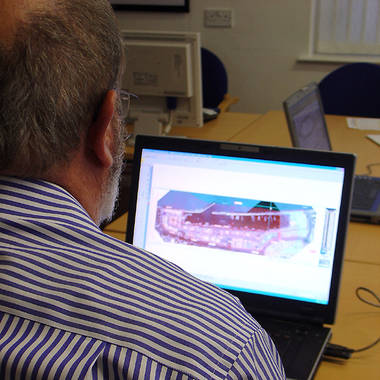
Third party data quickly incorporated: High quality DXF/DWG and colour raster editing
Before raster software, CU Phosco used an A0 digitiser, creating digital drawings of location plans for lighting projects by probing points with a pen. This was very time-consuming, and tidying the drawing took even longer. “Just being able to scan a drawing in monochrome with the original MEDUSA raster software saved an immense amount of time,” says Angelo. “But today we use MEDRaster Colour™, CAD Schroer’s latest raster module – a big leap forward, as reading in TIFs of scanned paper drawings in the past lost the colour in the process.”
Chris adds, “These days more drawings come in as a DWG, which MEDUSA4 CADConvert™ handles extremely well, and new functionality for importing DWGs with images will broaden our scope even further.”
Most plans are sent in as PDFs however, often in colour. “MEDRaster Colour enables us to work directly from the PDF, overlaying our lighting layouts and calculations. We then return a PDF of the finished drawing to the client- simple!”
Custom Illuminance Calculations
MEDUSA’s customisability has stood the company in good stead. Chris and Angelo position the lamps in their designs based on detailed calculations provided by an in-house Fortran program, which feeds results directly into the MEDUSA drawing, giving numerical values to grid points based on the illuminance calculation (the light falling directly on the ground) for each lamp.
CU Phosco’s Managing Director, William Marques, points out the commercial benefits, “The time-savings these tools deliver are very important to us, because lighting design is a speculative venture – we don’t charge for the design. So any reduction in cost is most appreciated.”
Quick and Simple 3D
While most of the mast and reflector design is done in 2D, the engineers who design the support structures for stadium lights, for example, benefit significantly from MEDUSA4’s 3D module, used to create complete head frame arrays for masts. “MEDUSA4 has a quick and simple approach to 3D, based on 2D drawings, called “sheet-based modelling” which allows the technical team to quickly put together 3D assemblies based on existing drawings,” says Chris.
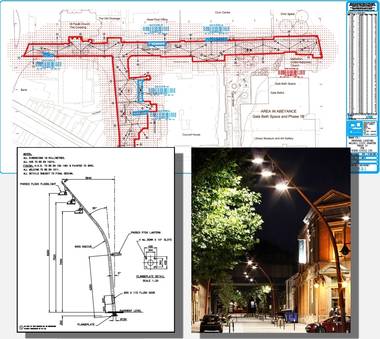
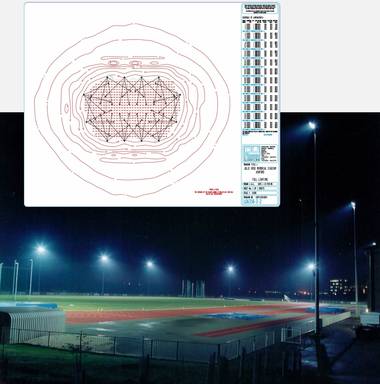
Engineering Partnerships
It is a strong commitment to engineering partnerships which drives technical innovation, and CU Phosco’s philosophy extends to its suppliers, with its staff providing active input into the MEDUSA4 development process. “As early adopters, Chris and his team have been real proponents of MEDUSA, always involved in customer days and in beta tests,” says Michael Bird, Technical Director at Root Solutions. Mark Simpson, CAD Schroer’s Product Line Manager, adds, “We truly appreciate all the feedback from Chris and his team. Responding quickly to the requirements of the engineers that regularly put our products through their paces is one of our key differentiators.”
For more information, visit www.cuphosco.com

